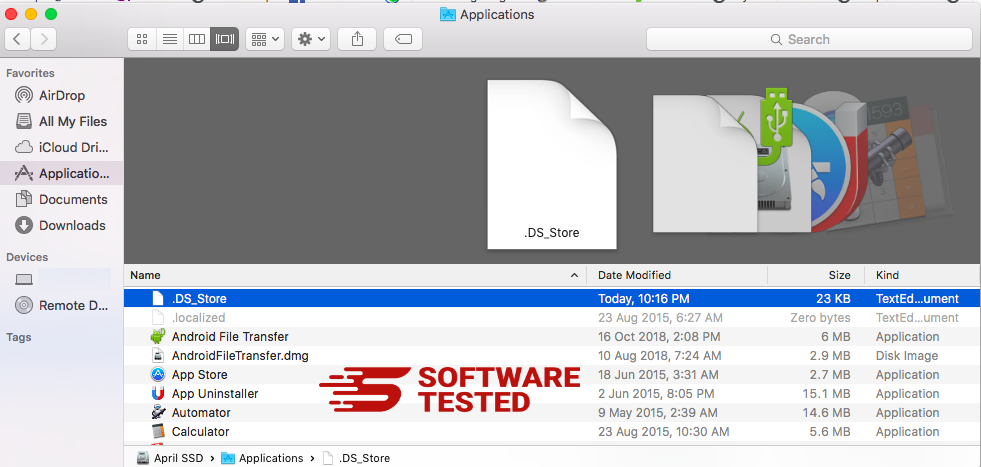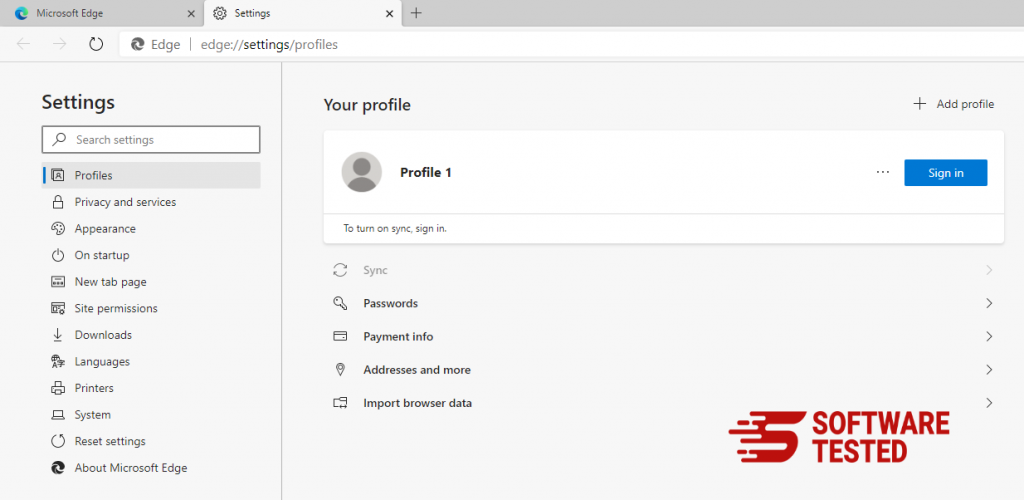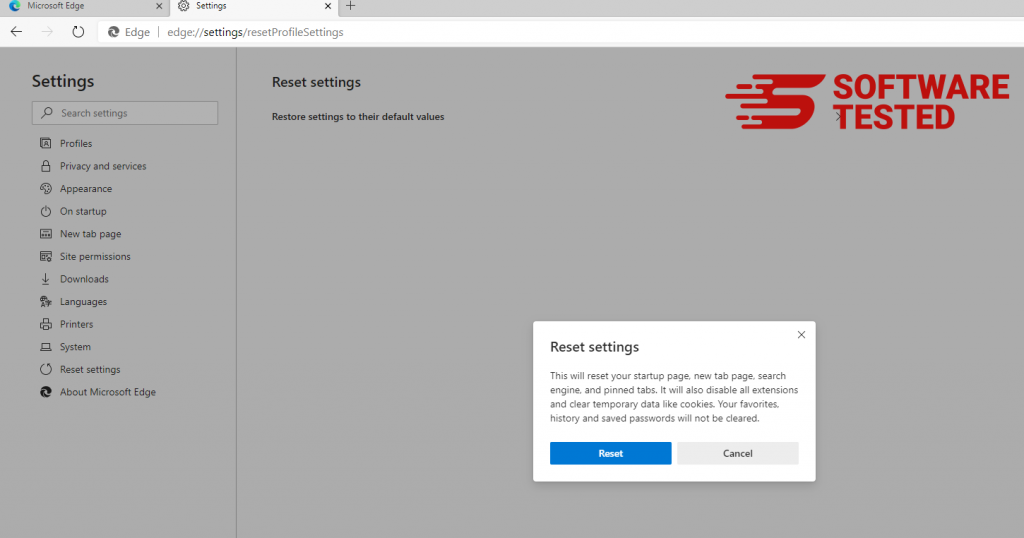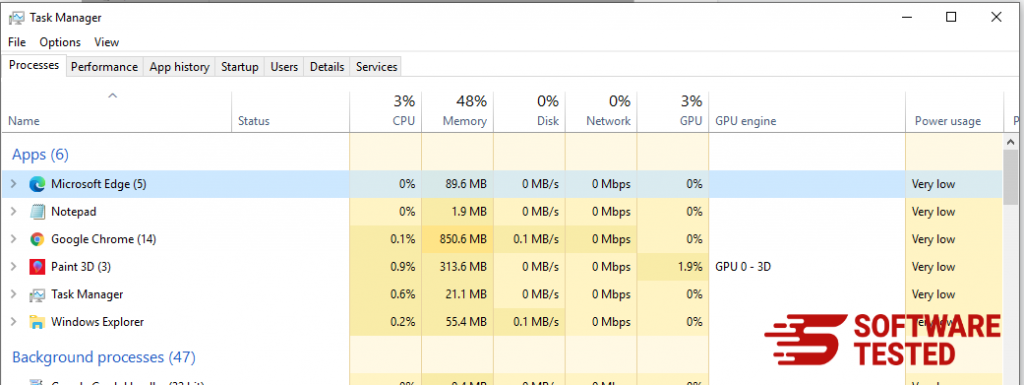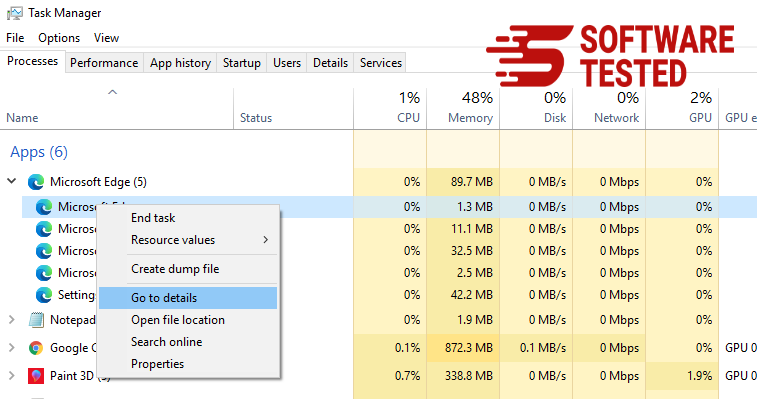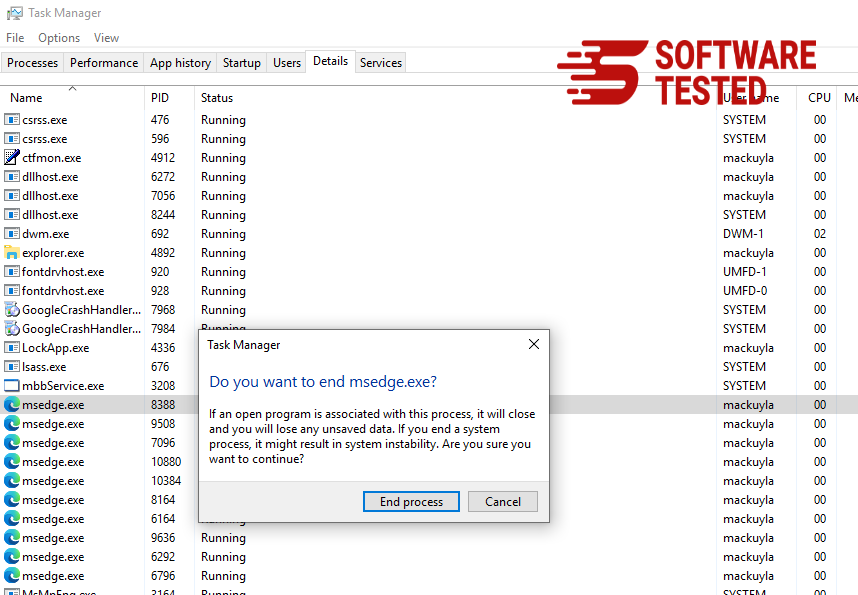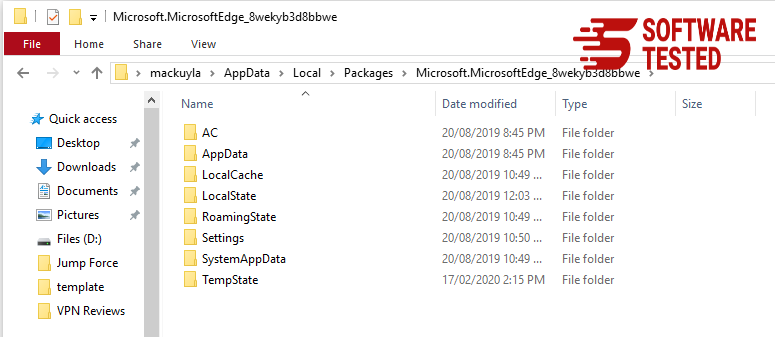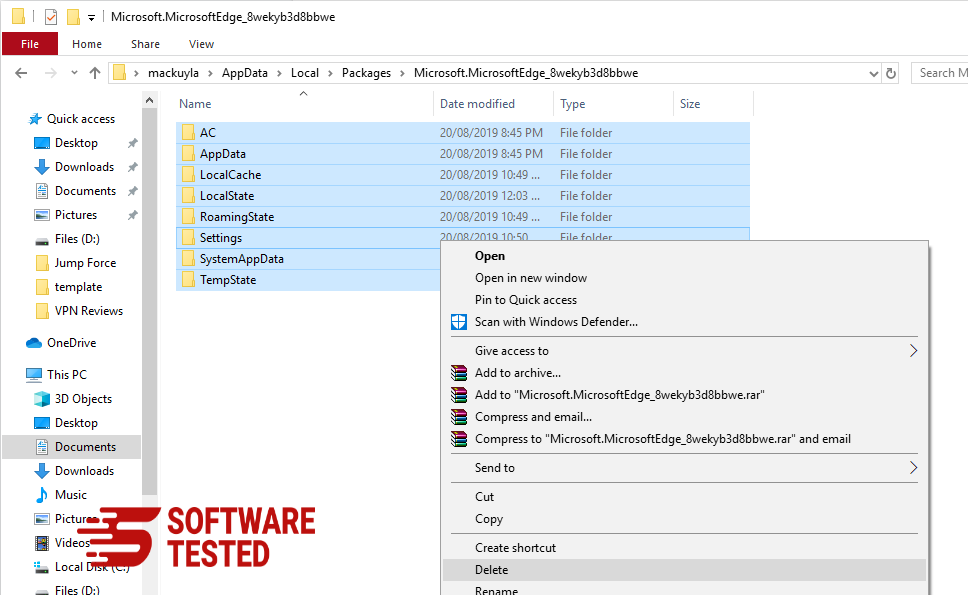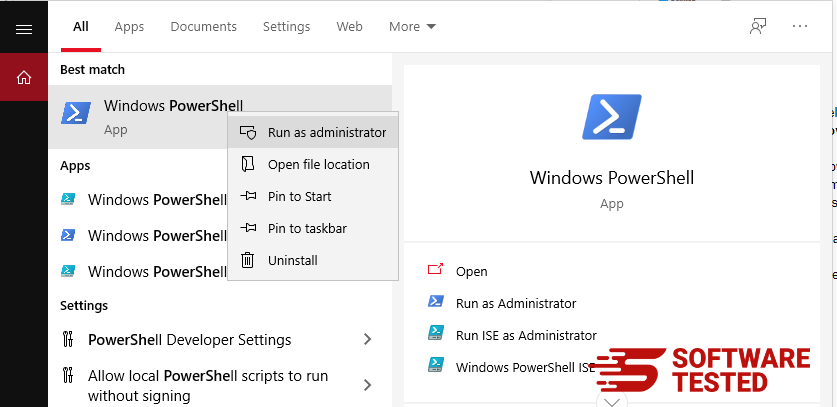What is Usam Ransomware?
Usam ransomware is a deadly cryptovirus which falls under the Djvu ransomware family. The virus threat is high as it can even initiate more deadly Trojan dangers. This malicious program locks the victim’s files upon infiltrating the computer. Then the orchestrators demand money in exchange for the decryption key. The cybercriminals behind this virus are infamous for launching attacks using various malicious software that falls under the Djvu family. The criminals have released over 230 virus versions with the Usam being the latest version.
Usam ransomware was first reported in the middle of June 2020 and the malware has continued to grow its popularity among the Windows platform users. The distribution of this malicious program is often carried out through dodgy techniques such as software cracks, unsecured RDPs, as well as keygens. When an individual initiates the ransomware payload, the malicious programs begin working immediately, encrypting files, mainly targeting music, videos, photos, as well as documents and many more. When the file is encrypted, a .usam extension is added, completing the victim’s restriction to access their files.
How to Remove Usam Ransomware
The sad truth is that at this moment, there is no way of decrypting Usam encrypted files without having to pay. Even the famous STOPdecryptor, which is available to anyone online, is not able to decrypt files locked by Usam. STOPdecryptor is kind of outdated as it can only decrypt Djvu versions that were released no later than 2019 autumn.
According to the readme text file dropped on the victim’s computer once the encryption of personal files is completed, the user must transfer a Bitcoin fee equivalent to $490 within 72-hours. Details of the address to transfer the crypto fee can be obtained by chatting with one of the cybercriminals’ representatives on email helpmanager@mail.ch or restoremanager@firemail.cc. If the fee is not paid within the stipulated timeframe, the victim will be forced to pay a revised ransom amount of $980.
Although paying the ransomware fee may seem to be the only way of getting access to your files again, we advise against it. Why? For starters, these are criminals who rely on extorting innocent people for a living. Therefore, there is no honor among them, which means there is no guarantee that you will get your files decrypted. Even if you do, there is also no guarantee that they will leave you alone forever. Once you give in, you become an easy target for them. Rather lose the files without incurring any financial losses.
What Can Usam Ransomware Do?
As soon as you discover that you have been attacked by Usam ransomware, removing the virus immediately should be your immediate course of action. Keeping the virus in your system for a long time might corrupt some of your system files, further sinking the roots of the issue. Moreover, Usam is part of a gang, meaning chances of it inviting its friends for a permanent visit are high. However, regardless of the timeframe that the Usam virus might have spent in your system, you will need a deep system cleaning tool. For starters, for the virus to evade detection, it must first make some changes to the system. After that, it will be possible for it to launch the encryption tool without detection.
Initially, Usam ransomware plants malicious entries in %AppData%, %User% or %Temp% directories. It then launches the command with administrator privileges, then deletes Shadow Volume Copies and deactivate the system’s antivirus software. Finally, it then downloads Trojan Azorult, which is a data-stealing secondary payload. The changes don’t end there as they are not definite. Therefore, the longer the virus stays, the harder it will be to get rid of it permanently.
When Usam has successfully infiltrated your computer, there will be an entire system lockdown of files. The information note will then be served under the _readme.txt file and it will read as follows:
ATTENTION!
Don’t worry, you can return all your files!
All your files like photos, databases, documents and other important are encrypted with strongest encryption and unique key.
The only method of recovering files is to purchase decrypt tool and unique key for you.
This software will decrypt all your encrypted files.
What guarantees you have?
You can send one of your encrypted file from your PC and we decrypt it for free.
But we can decrypt only 1 file for free. File must not contain valuable information.
You can get and look video overview decrypt tool:
https://we.tl/t-WJa63R98Ku
Price of private key and decrypt software is $980.
Discount 50% available if you contact us first 72 hours, that’s price for you is $490.
Please note that you’ll never restore your data without payment.
Check your e-mail “Spam” or “Junk” folder if you don’t get answer more than 6 hours.
To get this software you need write on our e-mail:
helpmanager@mail.ch
Reserve e-mail address to contact us:
restoremanager@airmail.cc
Your personal ID:
Although the letter may sound convincing and relieving, paying the ransom fee may lead to another phony considering that the cybercriminals may decide not to honor their promise. Basically, by paying, you will be placing yourself at your attackers’ mercy, meaning you won’t be in control of the situation.
Usam Ransomware Removal Instructions
The removal process of Usam ransomware can only be completed using a reliable security tool. The security tool must have an up-to-date virus database to ensure that it doesn’t miss the latest Usam files planted all over the system. To perform an auto removal procedure, you should consider trusted tools. Otherwise, you can follow these steps below to remove the malicious software:
To delete Usam Ransomware from your device, follow the steps below:
Step 1. Remove Usam Ransomware from Windows
Step 2. Delete Usam Ransomware from Mac OS X
Step 3. Get rid of Usam Ransomware from Internet Explorer
Step 4. Uninstall Usam Ransomware from Microsoft Edge
Step 5. Delete Usam Ransomware from Mozilla Firefox
Step 6. Remove Usam Ransomware from Google Chrome
Step 7. Get rid of Usam Ransomware from Safari
How to Remove Usam Ransomware from Windows
One of the common traits of Usam Ransomware is that they like to pose as legitimate programs or can be bundled with legitimate programs in order to infect your computer. The first thing you need to do when faced with the risk of a Usam Ransomware is to uninstall the program that came with it.
To remove potentially malicious and unwanted programs from Windows and get rid of the Usam Ransomware permanently, follow these instructions:
1. Uninstall malicious programs.
Click on Start, then type in Control Panel in the search box. Click Control Panel from the search results, then click on the Uninstall a program link under Program. The Control Panel looks the same for Windows 7 computers, but for Windows XP users, click on Add/Remove Programs instead.
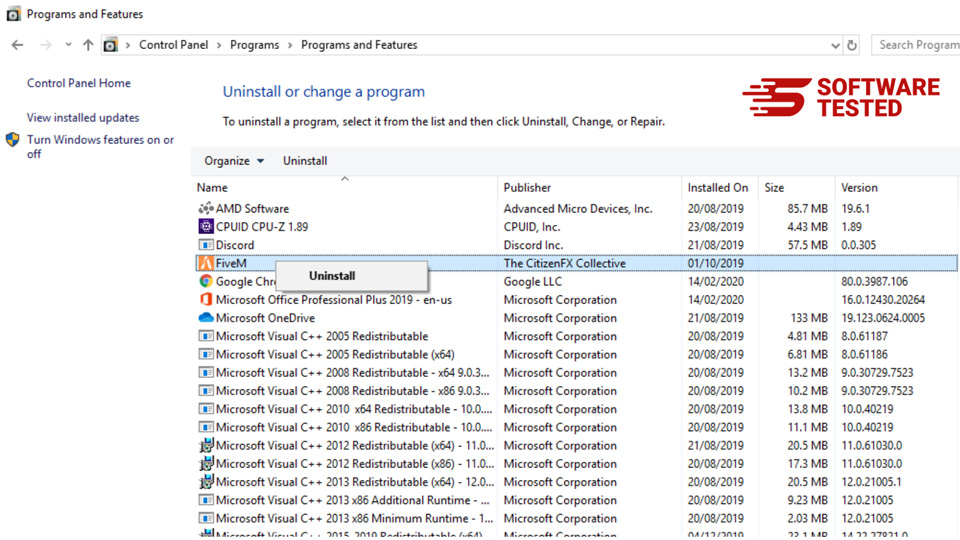
For Windows 10/11 users, you can also uninstall programs by navigating to Start > Settings > Apps > Apps & features.
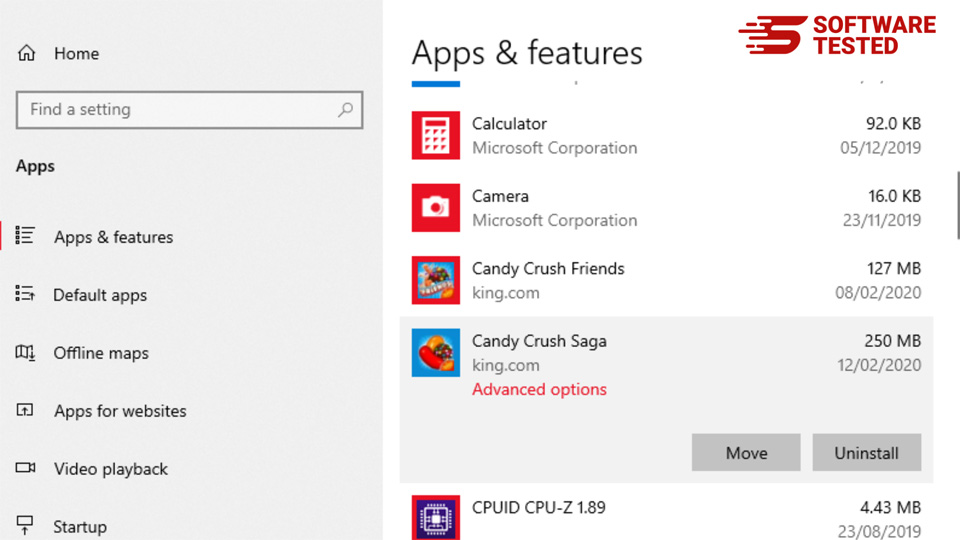
In the list of programs on your computer, look for recently installed or suspicious programs that you suspect to be malware.
Uninstall them by clicking (or right-clicking if you’re in the Control Panel), then choose Uninstall. Click Uninstall once again to confirm the action. Wait for the uninstallation process to be completed.
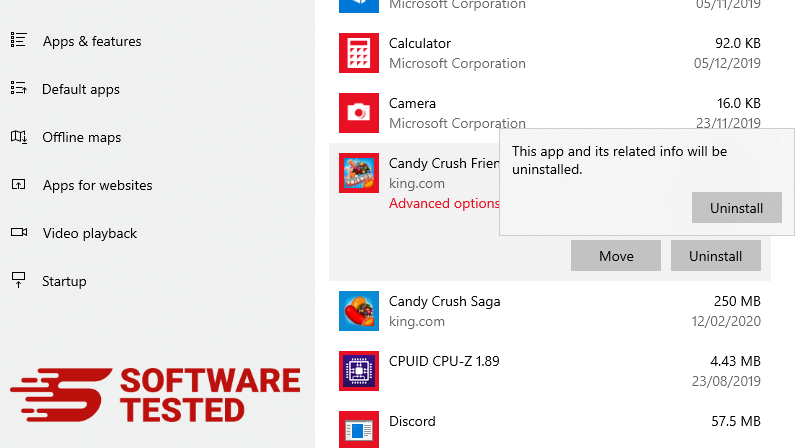
3. Remove Usam Ransomware from Windows shortcuts.
To do this, right-click on the shortcut of the program you uninstalled, then select Properties.

It should automatically open the Shortcut tab. Look at the Target field and delete the target URL that is related to the malware. This URL points to the installation folder of the malicious program you uninstalled.
4. Repeat all the steps listed above for all the program’s shortcuts.
Check all locations where these shortcuts might be saved, including the Desktop, Start Menu, and the Taskbar.
5. Empty the Recycle Bin.
Once you have deleted all the unwanted programs and files from Windows, clean up your Recycle Bin to completely get rid of the Usam Ransomware. Right-click on the Recycle Bin on your Desktop, then choose Empty Recycle Bin. Click OK to confirm.
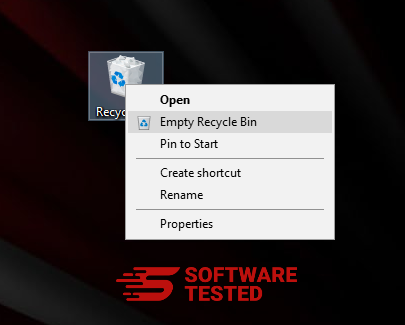
How to Delete Usam Ransomware from macOS
macOS is more secure than Windows, but it is not impossible for malware to be present on Macs. Just like other operating systems, macOS is also vulnerable to malicious software. In fact, there have been several previous malware attacks targeting Mac users.
Deleting Usam Ransomware from a Mac is a lot easier than other OS. Here’s the complete guide:
- If you suspect a recently installed software to be malicious, uninstall it immediately from your Mac. On Finder, click the Go > Applications. You should see a list of all the apps currently installed on your Mac.

- Find the app associated with Usam Ransomware or other suspicious apps you want to delete. Right-click on the app, then choose Move to Trash.

To completely get rid of Usam Ransomware, empty your Trash.
How to Get Rid of Usam Ransomware from Internet Explorer
To ensure that the malware that hacked your browser is completely gone and that all unauthorized changes are reversed on Internet Explorer, follow the steps provided below:
1. Get rid of dangerous add-ons.
When malware hijacks your browser, one of the obvious signs is when you see add-ons or toolbars that suddenly appear on Internet Explorer without your knowledge. To uninstall these add-ons, launch Internet Explorer, click on the gear icon at the top-right corner of the browser to open the menu, then choose Manage Add-ons.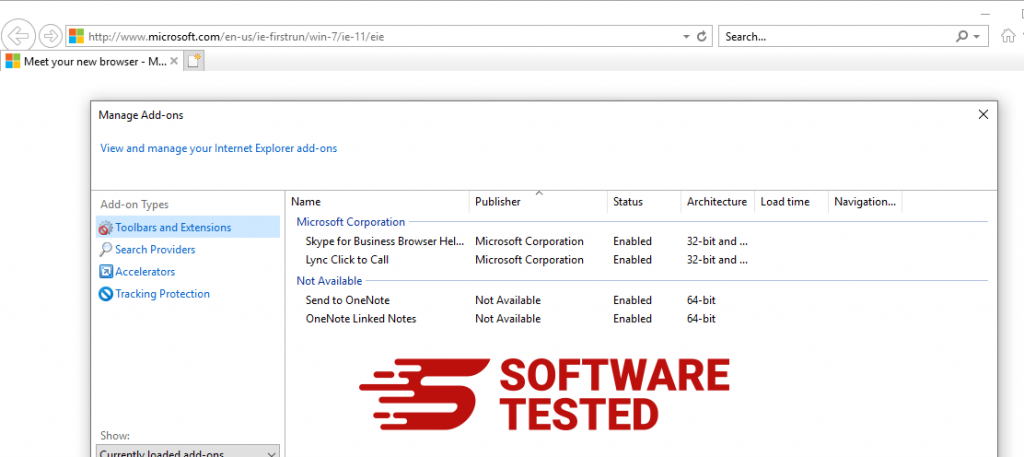
When you see the Manage Add-ons window, look for (name of malware) and other suspicious plugins/add-ons. You can disable these plugins/add-ons by clicking Disable.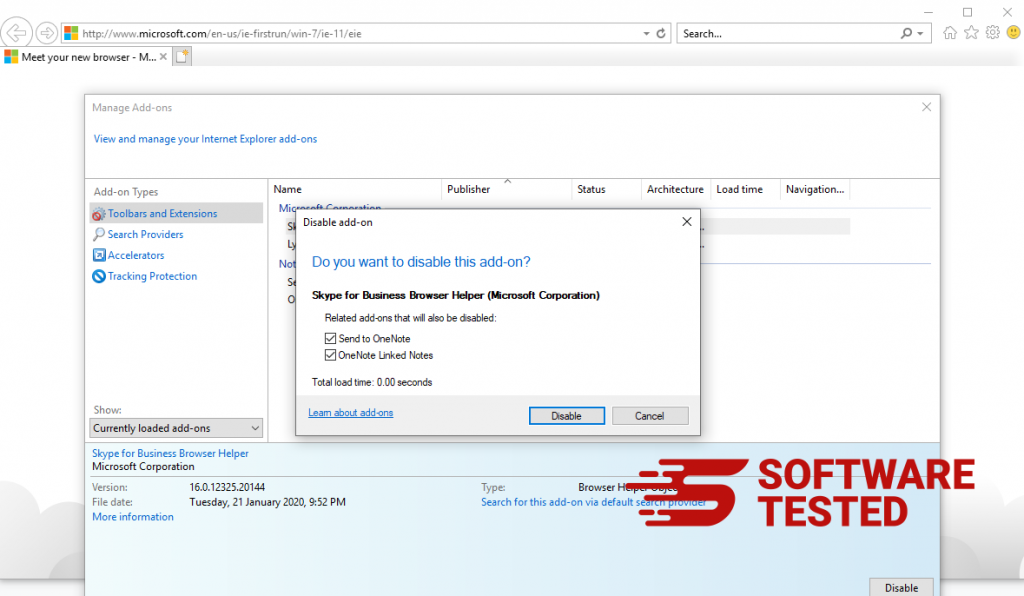
2. Reverse any changes to your homepage caused by the malware.
If you suddenly have a different start page or your default search engine has been changed, you can change it back through the Internet Explorer's settings. To do this, click on the gear icon at the upper-right corner of the browser, then choose Internet Options.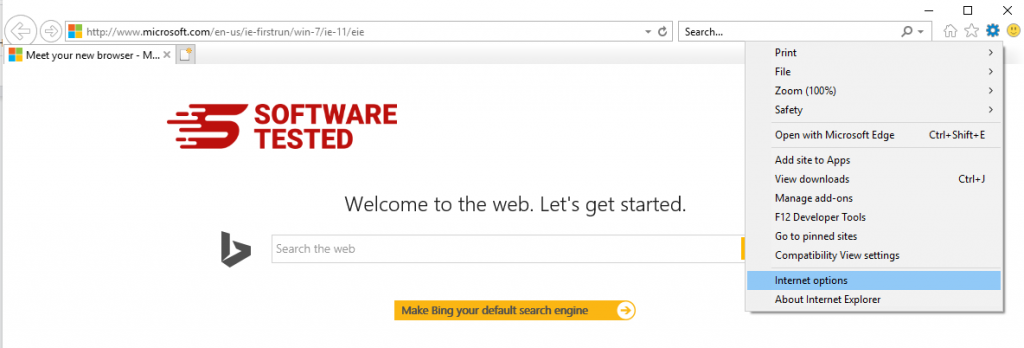
Under the General tab, delete the homepage URL and enter your preferred homepage. Click Apply to save the new settings.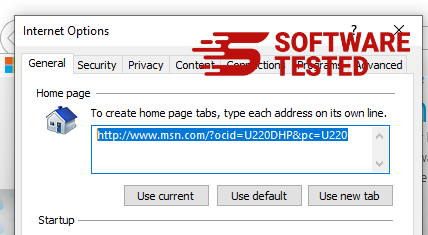
3. Reset Internet Explorer.
From the Internet Explorer menu (gear icon at the top), choose Internet Options. Click on the Advanced tab, then select Reset.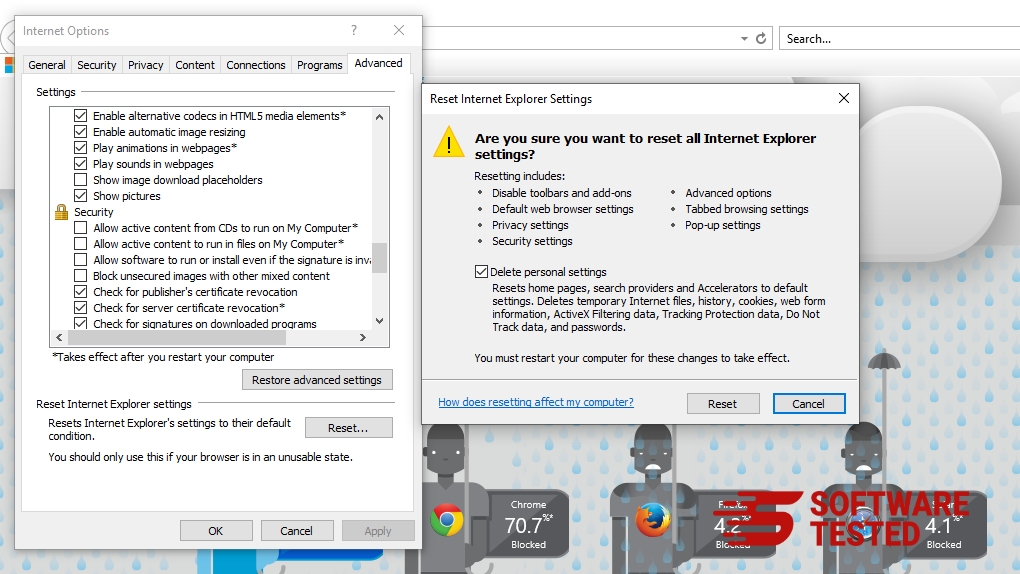
In the Reset window, tick off Delete personal settings and click the Reset button once again to confirm the action.
How to Uninstall Usam Ransomware on Microsoft Edge
If you suspect your computer to have been infected by malware and you think that your Microsoft Edge browser has been affected, the best thing to do is to reset your browser.
There are two ways to reset your Microsoft Edge settings to completely remove all the traces of malware on your computer. Refer to the instructions below for more information.
Method 1: Resetting via Edge Settings
- Open the Microsoft Edge app and click More or the three-dot menu located at the upper-right corner of the screen.
- Click Settings to reveal more options.

- In the Settings window, click Restore settings to their default values under Reset settings. Click the Reset button to confirm. This action will reset your browser’s startup page, the new tab page, default search engine, and pinned tabs. Your extensions will also be disabled and all temporary data like cookies will be deleted.

- Afterwards, right-click on the Start menu or the Windows logo, then select Task Manager.
- Click on the Processes tab and search for Microsoft Edge.

- Right-click on the Microsoft Edge process and select Go to details. If you don't see the Go to details option, click More details instead.

- Under the Details tab, look for all the entries with Microsoft Edge in their name. Right-click on each of these entries and choose End Task to quit those processes.

- Once you have quit all those processes, open Microsoft Edge once again and you'll notice that all the previous settings have been reset.
Method 2: Resetting via Command
Another way to reset Microsoft Edge is by using commands. This is an advanced method that is extremely useful if your Microsoft Edge app keeps crashing or won't open at all. Make sure to back up your important data before using this method.
Here are the steps to do this:
- Navigate to this folder on your computer: C:\Users\%username%\AppData\Local\Packages\Microsoft.MicrosoftEdge_8wekyb3d8bbwe.

- Select everything inside the folder, right-click on the highlighted files, then click Delete from the options.

- Search for Windows PowerShell using the search box beside the Start menu.
- Right-click on the Windows PowerShell entry, then choose Run as administrator.

- In the Windows PowerShell window, type in this command:
Get-AppXPackage -AllUsers -Name Microsoft.MicrosoftEdge | Foreach {Add-AppxPackage -DisableDevelopmentMode -Register $($_.InstallLocation)\AppXManifest.xml -Verbose}
- Press Enter to execute the command.
- Once the reset process has been completed, Usam Ransomware should be completely deleted from your Microsoft Edge browser.
How to Delete Usam Ransomware from Mozilla Firefox
Just like other browsers, malware tries to change the settings of Mozilla Firefox. You need to undo these changes to remove all traces of Usam Ransomware. Follow the steps below to completely delete Usam Ransomware from Firefox:
1. Uninstall dangerous or unfamiliar extensions.
Check Firefox for any unfamiliar extensions that you don't remember installing. There is a huge chance that these extensions were installed by the malware. To do this, launch Mozilla Firefox, click on the menu icon at the top-right corner, then select Add-ons > Extensions.
In the Extensions window, choose Usam Ransomware and other suspicious plugins. Click the three-dot menu beside the extension, then choose Remove to delete these extensions.
2. Change your homepage back to default if it was affected by malware.
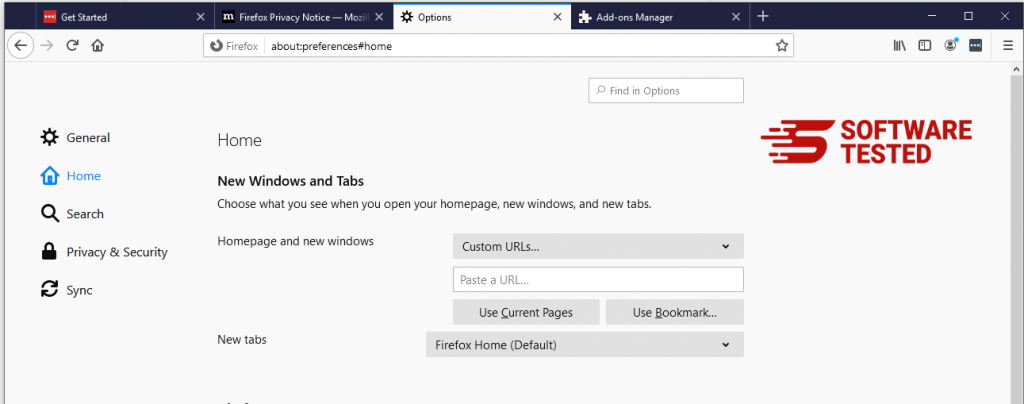
Click on the Firefox menu at the upper-right corner of the browser, then choose Options > General. Delete the malicious homepage and type in your preferred URL. Or you can click Restore to change to the default homepage. Click OK to save the new settings.
3. Reset Mozilla Firefox.
Go to the Firefox menu, then click on the question mark (Help). Choose Troubleshooting Information. Hit the Refresh Firefox button to give your browser a fresh start.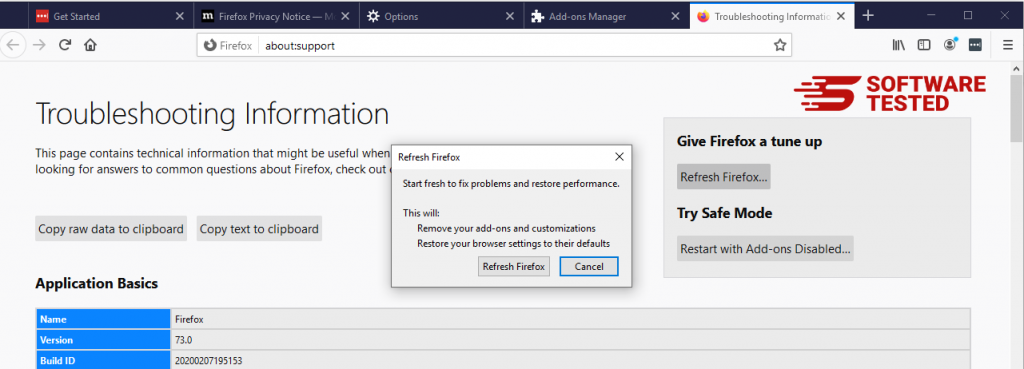
Once you’ve completed the steps above, Usam Ransomware will be completely gone from your Mozilla Firefox browser.
How to Remove Usam Ransomware from Google Chrome
To completely remove Usam Ransomware from your computer, you need to reverse all of the changes on Google Chrome, uninstall suspicious extensions, plug-ins, and add-ons that were added without your permission.
Follow the instructions below to remove Usam Ransomware from Google Chrome:
1. Delete malicious plugins.
Launch the Google Chrome app, then click on the menu icon at the upper-right corner. Choose More Tools > Extensions. Look for Usam Ransomware and other malicious extensions. Highlight these extensions you want to uninstall, then click Remove to delete them.
2. Revert changes to your homepage and default search engine.
Click on Chrome's menu icon and select Settings. Click On Startup, then tick off Open a specific page or set of pages. You can either set up a new page or use existing pages as your homepage.
Go back to Google Chrome's menu icon and choose Settings > Search engine, then click Manage search engines. You'll see a list of default search engines that are available for Chrome. Delete any search engine that you think is suspicious. Click the three-dot menu beside the search engine and click Remove from list.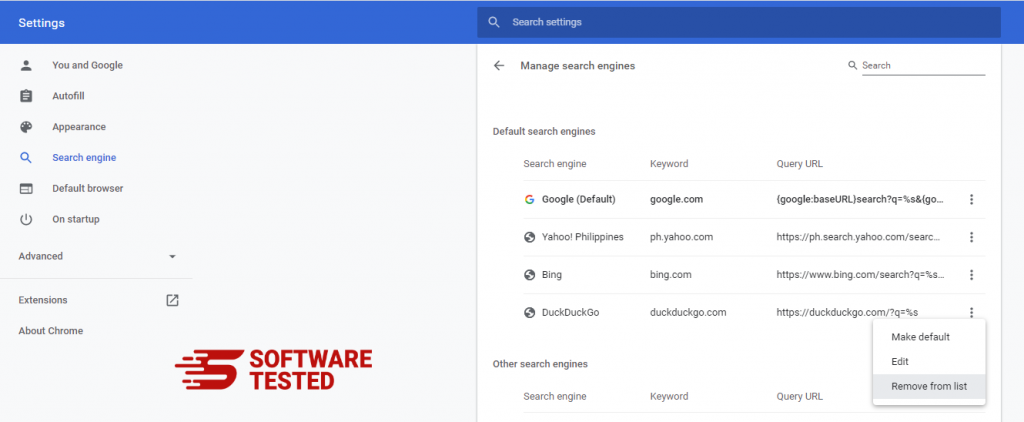
3. Reset Google Chrome.
Click on the menu icon located at the top right of your browser, and choose Settings. Scroll down to the bottom of the page, then click on Restore settings to their original defaults under Reset and clean up. Click on the Reset Settings button to confirm the action.
This step will reset your startup page, new tab, search engines, pinned tabs, and extensions. However, your bookmarks, browser history, and saved passwords will be saved.
How to Get Rid of Usam Ransomware from Safari
The computer’s browser is one of the major targets of malware — changing settings, adding new extensions, and changing the default search engine. So if you suspect your Safari to be infected with Usam Ransomware, these are the steps you can take:
1. Delete suspicious extensions
Launch the Safari web browser and click on Safari from the top menu. Click Preferences from the drop-down menu.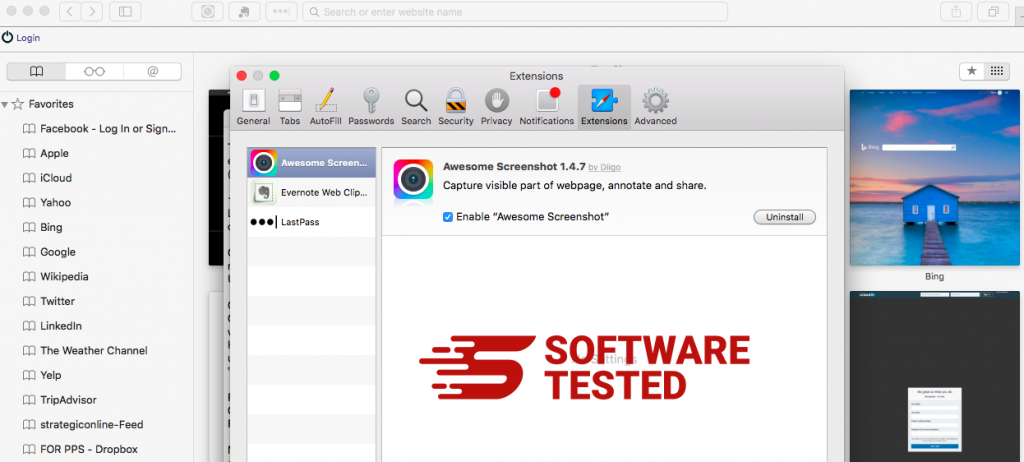
Click on the Extensions tab at the top, then view the list of currently installed extensions on the left menu. Look for Usam Ransomware or other extensions you don’t remember installing. Click the Uninstall button to remove the extension. Do this for all your suspected malicious extensions.
2. Revert changes to your homepage
Open Safari, then click Safari > Preferences. Click on General. Check out the Homepage field and see if this has been edited. If your homepage was changed by Usam Ransomware, delete the URL and type in the homepage you want to use. Make sure to include the http:// before the address of the webpage.
3. Reset Safari
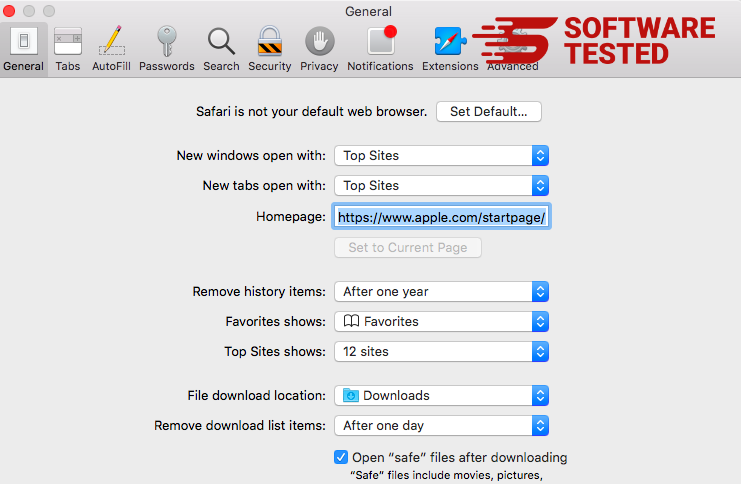
Open the Safari app and click on Safari from the menu at the upper-left of the screen. Click on Reset Safari. A dialog window will open where you can choose which elements you want to reset. Next, click the Reset button to complete the action.

